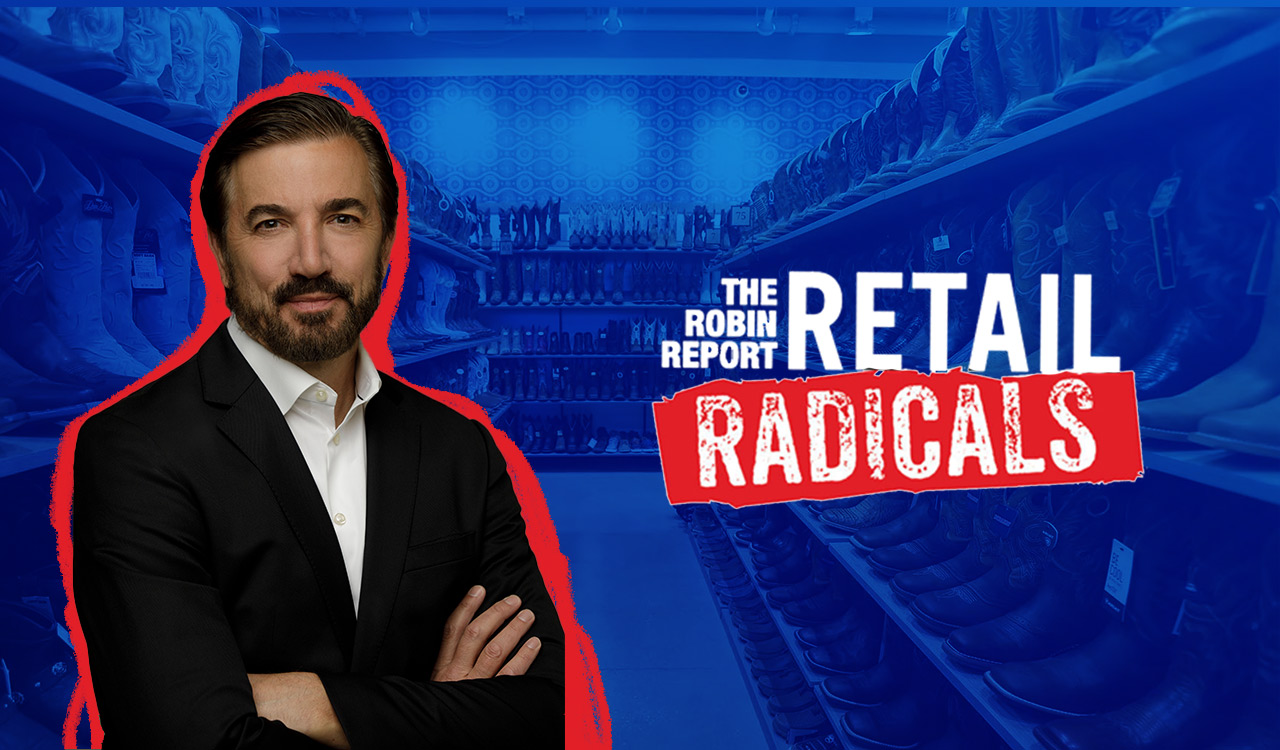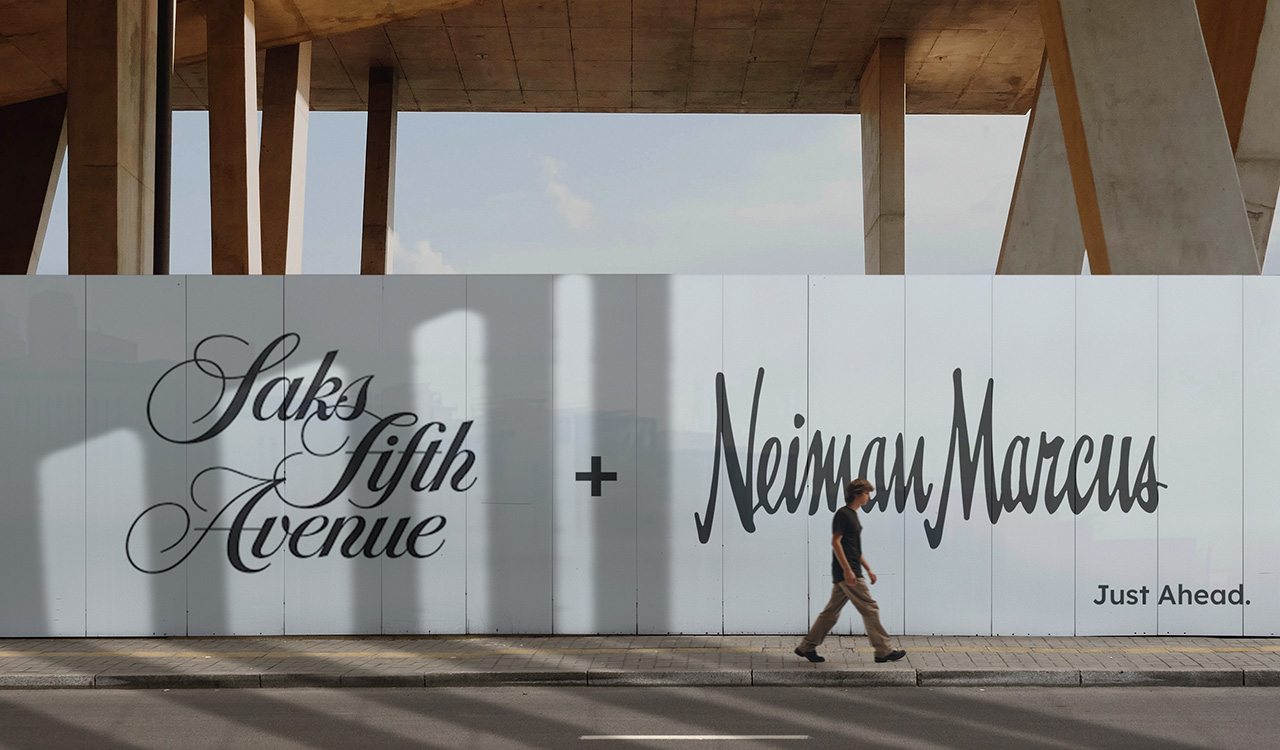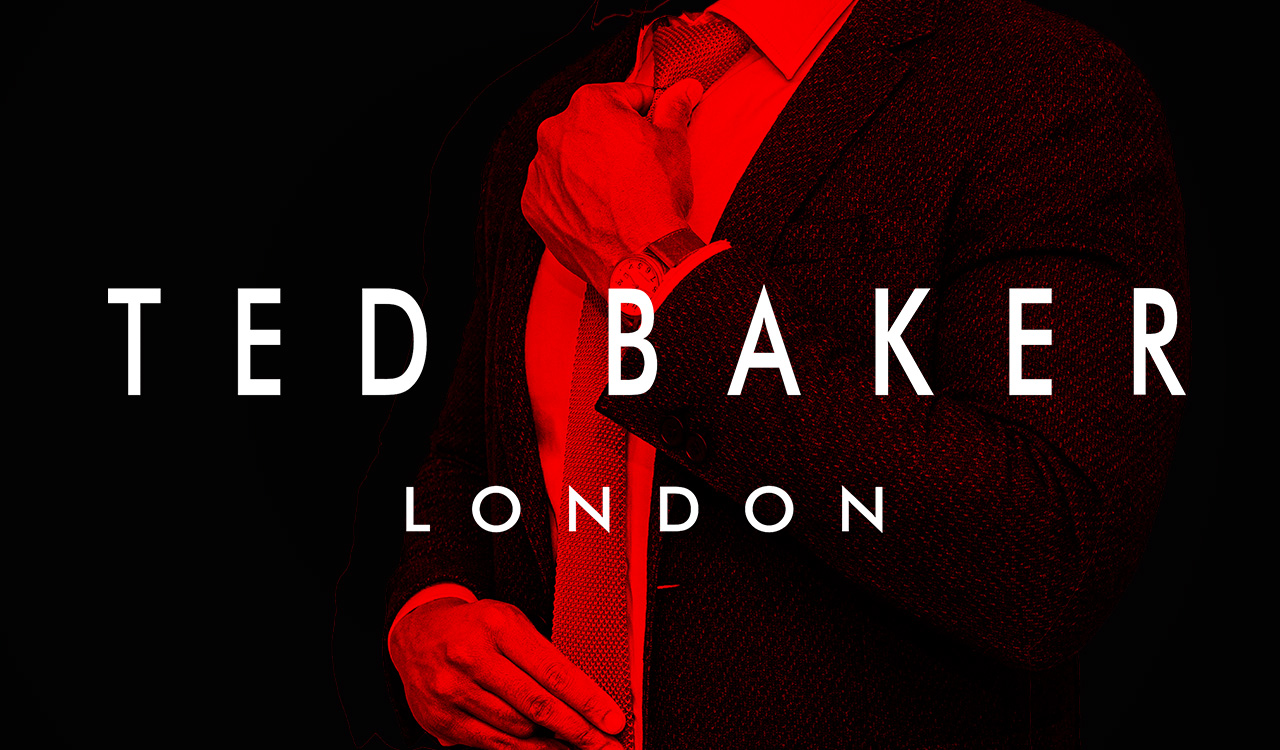You can’t get more radical than having customers who love you and love to talk about you to their friends. And for 45 years, Boot Barn customers have been doing both. They have also been buying sturdy wear for hard work on ranches, farms, construction sites, warehouses, and factories, including steel-toe boots, flame-resistant jackets, and other functional essentials. “Most of our core customers wear denim, cowboy boots and hats as essentials. They’re working outside with horses or in agriculture. They view us as part of their work uniform,” CEO Jim Conroy says.
CEO Jim Conroy advises emerging retail leaders to “Find the right balance between being steadfast to your strategy and constantly innovating. There are countless outside influences that it is easy to be distracted by the new, trending shiny penny.”
But in a right-time moment in the cultural conversation, Boot Barn also provides a casual style for customers who live in small towns, drive pickup trucks, raise chickens, listen to country music, and go to NASCAR races, rodeos, and farm shows.
And then there are the customers who are on-trend emulating the antiheroes in Yellowstone and Longmire. Boot Barn is tapping into a trend that resonates with its core customers and bringing in new ones. It’s authentic Americana and appeals to customers who are attracted to the nostalgic Western legend narrative. “The new customers we’ve added into the fold shop with us roughly in the same frequency as our legacy customers – about two or three times a year. They’re also spending roughly the same amount per trip, a little bit over $120 per trip,” Conroy explains.
The numbers don’t lie and tell a rich story about how Boot Barn has captured the attention of U.S. consumers by more than doubling sales since 2018. The company has added 45 new Boot Barn stores including expansion into five new states.
Exceeding Expectations
Boot Barn is a Retail Radical for knowing and respecting its customers and delivering exactly what they want. Conroy says, “Most investors live in Boston or New York, Los Angeles, or San Francisco. We encourage them to look outside the window when they fly coast-to-coast because for five hours; they’re looking down at customers who are wearing Boot Barn products. It’s an enormous market that’s been hidden in plain sight for decades,” he continues. And this is an addressable market to be reckoned with at $40 billion.”
Boot Barn’s performance is on fire. Since 2021,
Boot Barn sales have exploded, going from just under $900 million in 2021 to $1.66 billion in 2022, an 86 percent increase over two years. Conroy cites the accomplishments he is most proud of, “Boot Barn has grown from a $180M regional retailer to a $1.7B national brand over a ten-year period. The company went through three transformations in that period: it acquired, renamed, and grew multiple small western retail chains; radically transformed the creative aesthetic of the brand and eliminated nearly all promotional events; and stretched the definition of the Boot Barn brand centered around a core western customer that resulted in a doubling of revenue in three short years.”
Sustained Success
Boot Barn was identified as an essential retailer during the pandemic, and as Conroy says, “We were always open for any customer that needed a pair of pants or shirt or footwear. That gave Boot Barn this opportunity to bring on more customers with a pretty low customer acquisition cost. Our customer database has grown almost 20 percent every year.” Currently, Boot Barn counts 7.1 million members in its B Rewarded loyalty program which started in 2011. One point is earned for every $1 spent with a $15 reward earned after accruing 250 points. Those who also hold a Boot Barn credit card earn double points and get free shipping on all orders. The company reports that a majority of sales are made to its members who are presumably legacy customers.
Over the past ten years, Boot Barn has grown from roughly 80 stores to 380 stores across 43 states with a roadmap to nearly 1,000 stores. Conroy says, “While we believe our ecommerce business is an important part of our growth in both sales and profitability, we prioritize the in-store experience. It seems there is often external pressure to over-invest in ecommerce channel growth. Despite the overarching trend to grow online, we have remained steadfast in our investment in merchandising, inventory levels, newness in assortment and world-class customer service in our stores. Our customers have a more fulsome experience in the store, spend more money in a store and are more loyal to Boot Barn when they are store shoppers.”
Financial results support this strategy of focusing on merchandise assortment and creating memorable in-store experiences. Boot Barn delivered an ROA (return of assets) of 11.2 percent compared the specialty store industry standard of 7.7 percent A key initiative for Boot Barn’s strong ROA comes from its focus of increasing the penetration of its exclusive brands giving the retailer differentiation in the marketplace and creating higher margins. Exclusive brand sales exceeded $550M in sales representing 34 percent of total customer purchases.
An Innovator and Radical
Conroy embeds innovation into Boot Barn’s culture. “I think there are two primary ingredients to ensure ongoing innovation. The first is to assemble a team with very diverse career and life experiences and give each of them a voice. While most of the world is hyper focused on left brain analytics, we seek to find a balance of art and science. The second would be to never stop challenging conventional wisdom. We often contend that we are ‘perpetually dissatisfied’ with the status quo,” he explains.
He adds that being a Radical is the result of challenging conventional wisdom. “From our hyper focus on store development, to eliminating nearly all sales, discounts, and promotions, to carrying what most retailers would consider ‘too much inventory,’ we read our results, react accordingly, and simply refuse to fall in line with what many people call retail best practices. We are often challenged or criticized for the strategic choices we make but have learned to always attempt to find the best strategy for the long-term health of the company.”
How to sustain innovation and think differently? Conroy advises emerging retail leaders to “Find the right balance between being steadfast to your strategy and constantly innovating. There are countless outside influences that it is easy to be distracted by the new, trending shiny penny.”




